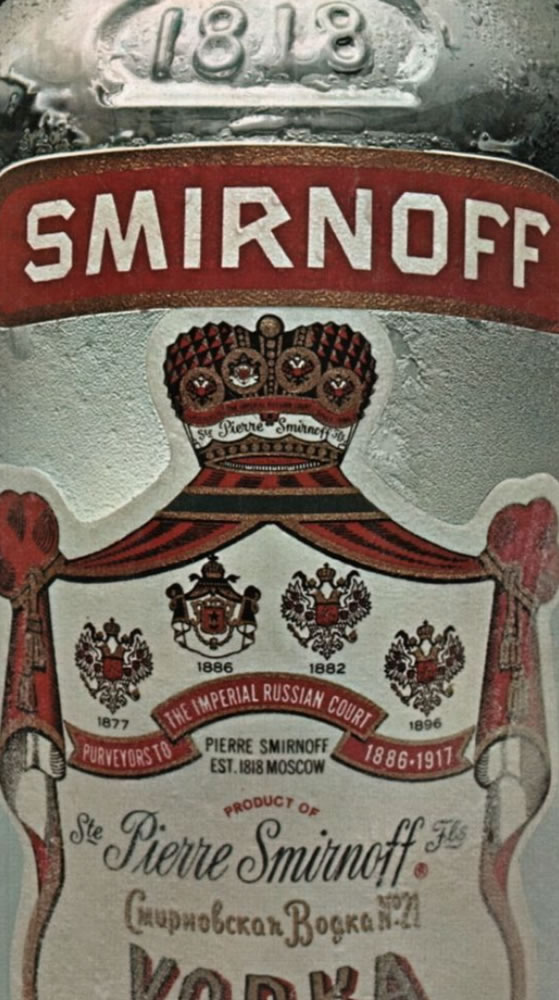
BRAND | STORY | JOURNEY | MIND
There’s a brand,
which is like a fire,
there’s a story,
which is like a journey
which is a memory—which is mind.
Up until 1999, I had a drinking problem. So I quit that—decades ago. I was working, earlier, with Martin Pazzani on rethinking Smirnoff—the 2000 initiative, during his days at Heublein which owned the brand back then. And, with him and Michael Spurling—there were more psychic expectations.
Psychic trends and brand positioning—then and now.
“What deeper, psychic trends are we looking at that could influence our brand premise and experience strategy?”
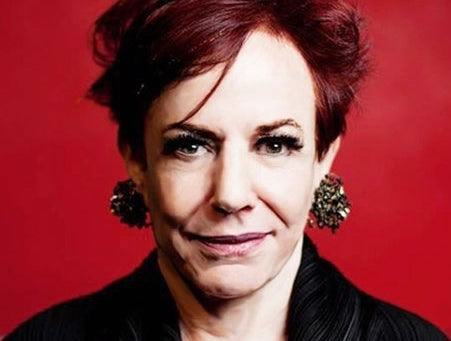
Faith Popcorn’s trended prophecies of “cocooning” and “cuddling,” clustered-home entertainments meant that strategies were to look at the best way to deepen “home-in” brand experiences. Heublein / Smirnoff adopted that line of thinking, we designed detailed packaging, complexly historical, Russian heraldic—as in the top panel, which shows detailed iconography, dimensionalized to touch and complicated visual storytelling towards the layering of history, to think towards home sensualism.
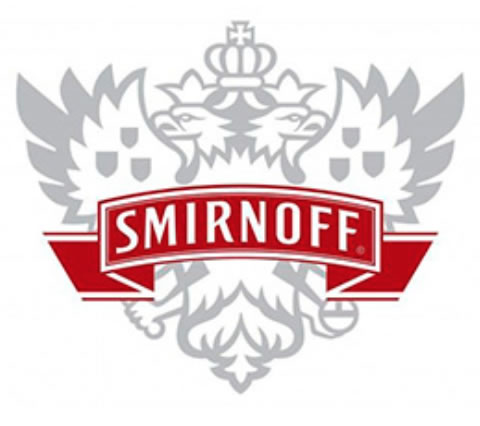
Which, then, was:
“don’t drink away, drink in.”
Which, these days, find new gravity in isolationist propositions of distancing behavior and clear zones around people on the outside and new stances for how—if ever—you would be close to someone on the inside.
Still, as a non-drinker, over time there would be hundreds of ethanol-fueled projects in brand strategy, naming, messaging, product innovation, bottle design and packaging in support of the ethanol trade.


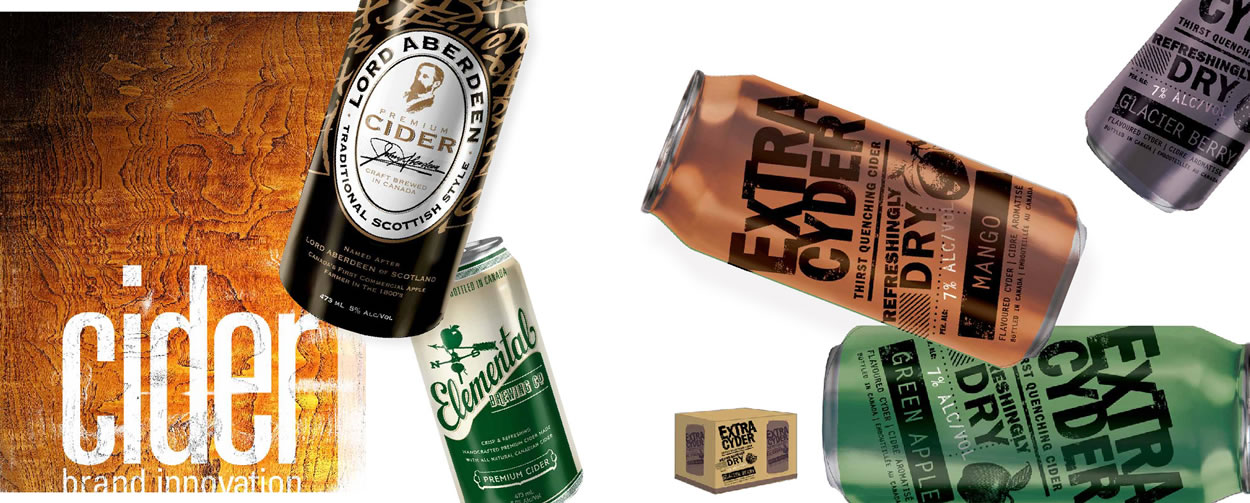

In this journey, what came to me was: there was a bridge between the holism of the sensationalism of alcoholic branding—the taste and scent—and the other side of the brand sensualism—the perfume of booze, the memory of how it smelled, the taste, the toxifying outcomes. (As well as the other side: risk, as others, the dangerous agency that reaches from the inebriant, to the afflicted.)
It was the perfume of the booze—which is intertwined—how one designs around the realm of the brand in one consumable category, to another—which is only for the outside. I walked around and designed in both worlds, the spirits of booze, and the spirits of fragrance—which, of course, both
involve fumes.

I walked further down that pathway, working on the sculpture of fragrance branding and identity with mæstro bottler designer, Pierre Dinand.
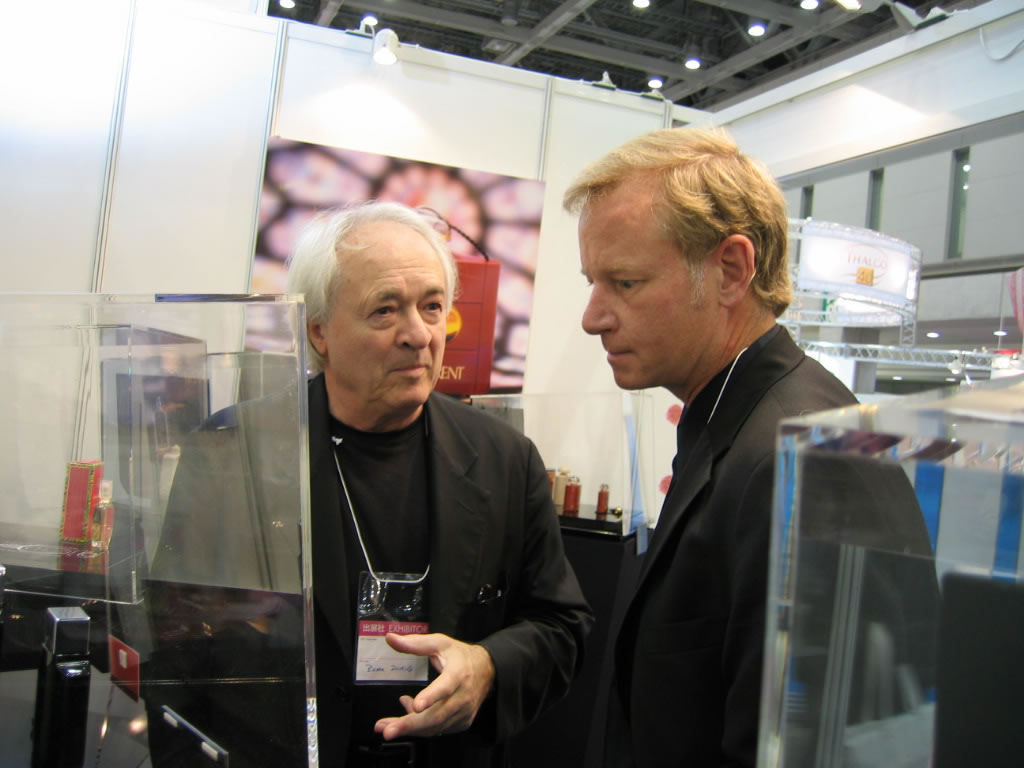
We partnered up, worked together for a bit, around the world. What GIRVIN was looking towards was—and is—collaborations: partnering in Paris, Tokyo and NYC with Pierre Dinand, in Paris, NYC and Tokyo.
Japanese baby beauty products.
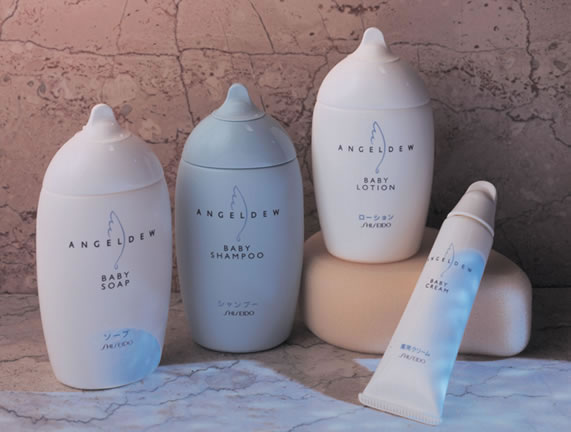
We examined—and worked together on—the idea of enchanted containment, ideating iconic containers of
concretized, luxurious value as being a symbolic, even an archetypal and
unforgettable gesture.
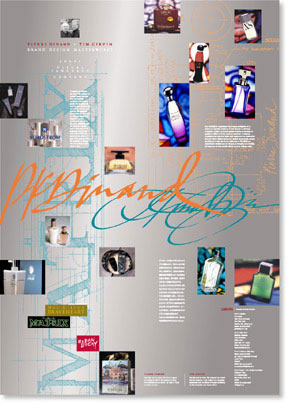
The bottle can say it all.
Pierre Dinand is, of course, a legend—
his work, mythically unforgettable—
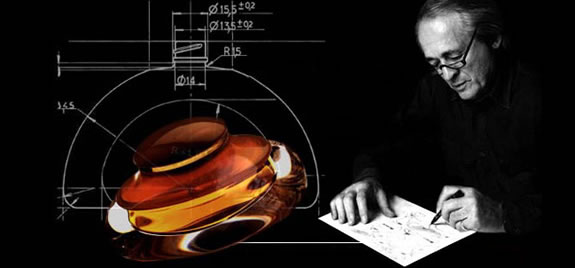
a man who could rightly claim to
have designed the containment for at least 50% of
the best perfume bottles in the world, the essential and emblematic [nay, iconic] packaging
at shelf for fragrance.
Content—perfume or booze—is housed, encased in a manner that is both strategic and magical;
and bottle design stands as
a kind of exemplar in being a core statement of
the heart of the brand, its story and
the memorability of its resonance to audience,
the customers that will buy into, be held by, the idea of the scent.
Entire campaigns have been built around the body of the bottle, and what wonderment could be held within.
That theory applies elsewhere.
There’s a story there—heritage, new legacy, fashion power and the staging of pure stylistic statement — each, a possible bridge to relationship. And brand sharing.
The core selling power of any brand is the story told, the holding of that story, and the willingness of the audience to share.
F U M E S
––––––––
Perfume, yes—but what about distilled spirits?
So too, the nature of distilled essences.
I believe there is layering in the message of the distilled “spirit,”
the potent, the compressed power that is, in many ways, very much like the value of perfume.
Distilled perfection of essence:
In my traveling and working history, I go back, in time and place, to this icon,
that Girvin advanced for Suntory—the classic working sarariman, club + bar-man’s whisky, Japan.
The best, the most classic, the most memorable
S U N T O R Y
Whisky Royal
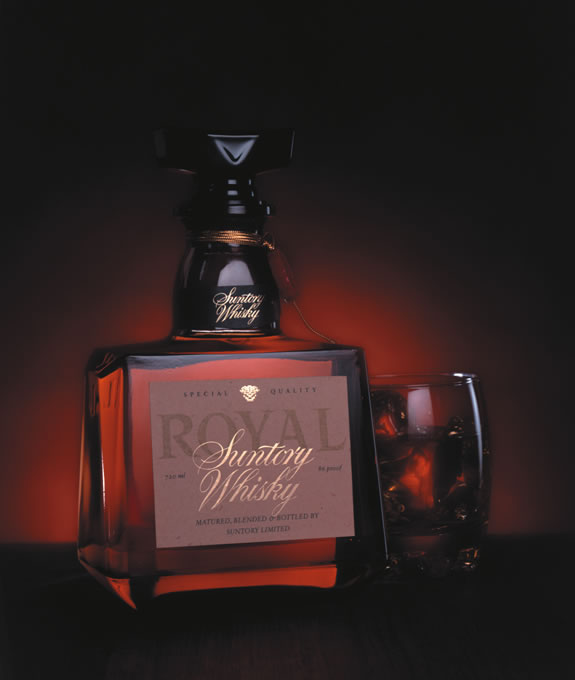
Size, scale and shoulder height
does matter.
There is a value-additive luxury crossover for
the idea of distilled spirits and
the “distilled” formulation of perfumes.
Fume spirituality
Scent plays dramatically into both arts.
The making of perfume [and “spirits” making] is
a progressive and marvelous [marvel-making,] filtered-compression of essential character:
scents [and spirits] that emanate from the highest quality or distinctively unusual ingredients,
herbs, special plants and flowers being macerated, steamed, percolated, or amalgam-pressed into
a volute “journey” of scented experience—for the expert sniffer, or sipper,
a progressive revelation of the layering of the scent / flavour story and
the essences and ingredients and
the procession of their revelation.
It is a journey; and who tells, holds and shares the telling of that journey?
Perfume is immediately associated with fire—etymologically,
per-fume, par-fum=“through smoke.”
So too, the distilling—the process of heating,
the alchemy of the ingredients, the standing nature of time and bottled maturation. And, like perfume, cost + value ratio — does the design strategy parlay the sense of value implied in the deepened character of production?
What now, the state of the art of distilled “spirit” impressions?
My question, in looking at these [below]—“do they tell me a story of
deepened value, ingredient quality, legendary making, magic and alchemy,
the sense of the hand-wrought and
the depth of care in ingredient gathering?”
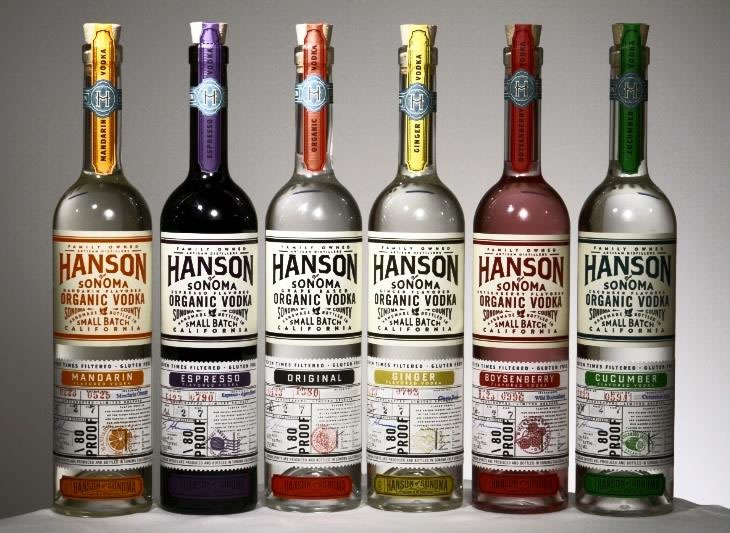
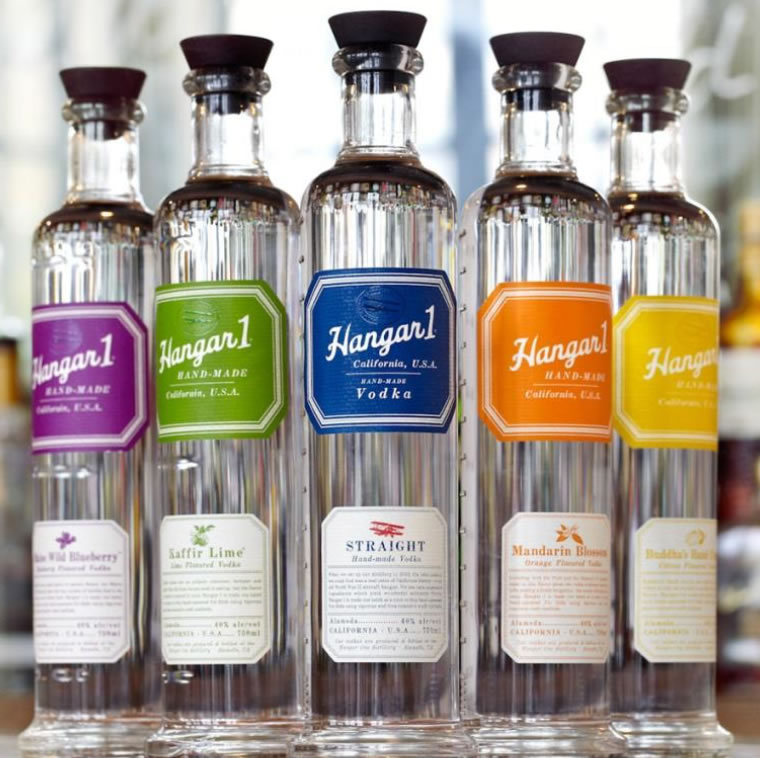
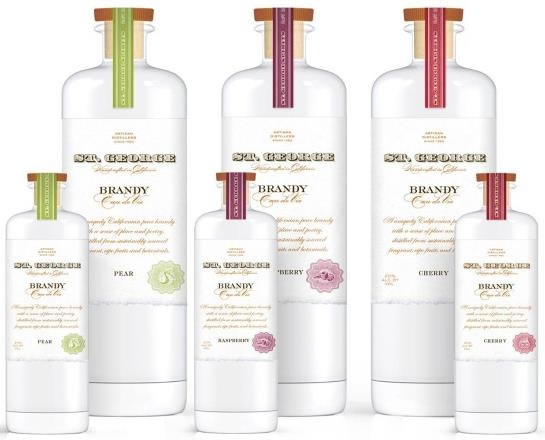
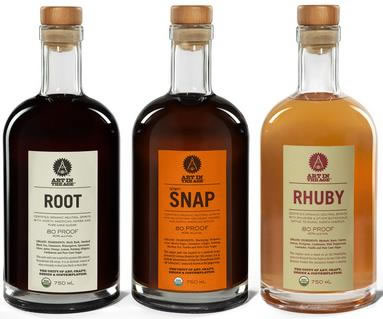
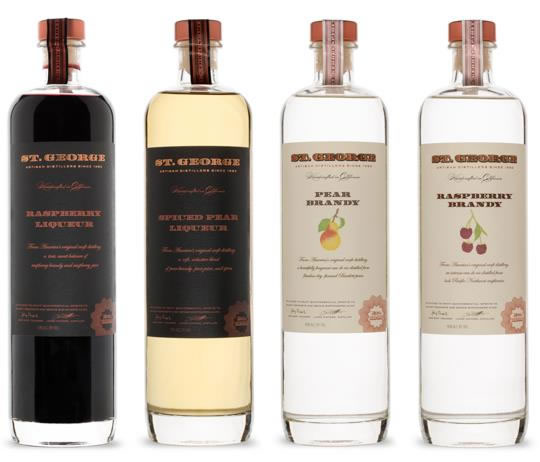
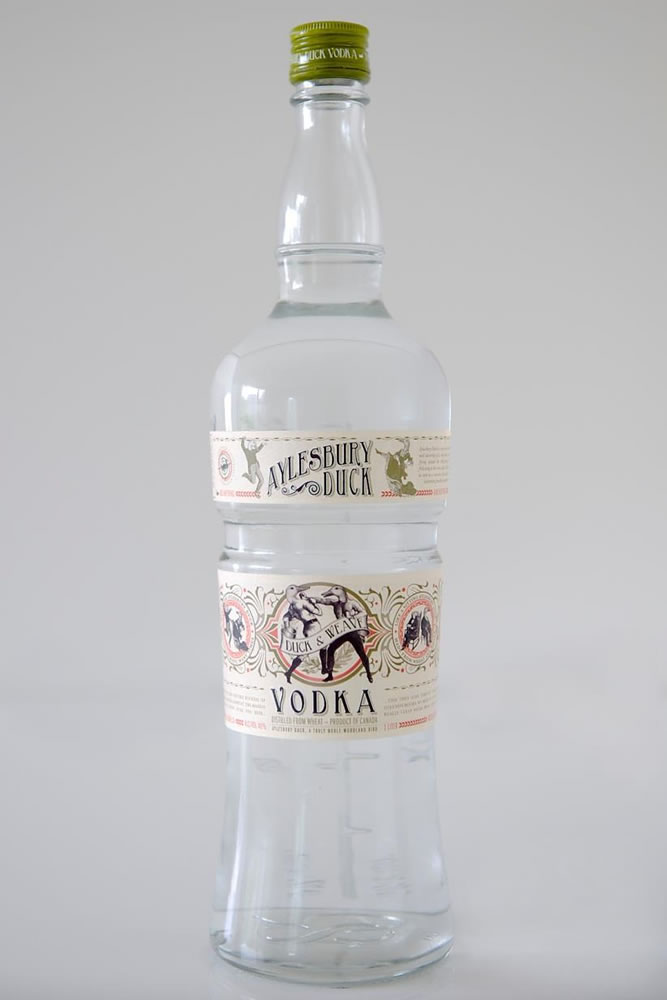
Question to you: do they?
When you study them—or any reference to the alcohol brandspace, you’re attracted to which: any selection?
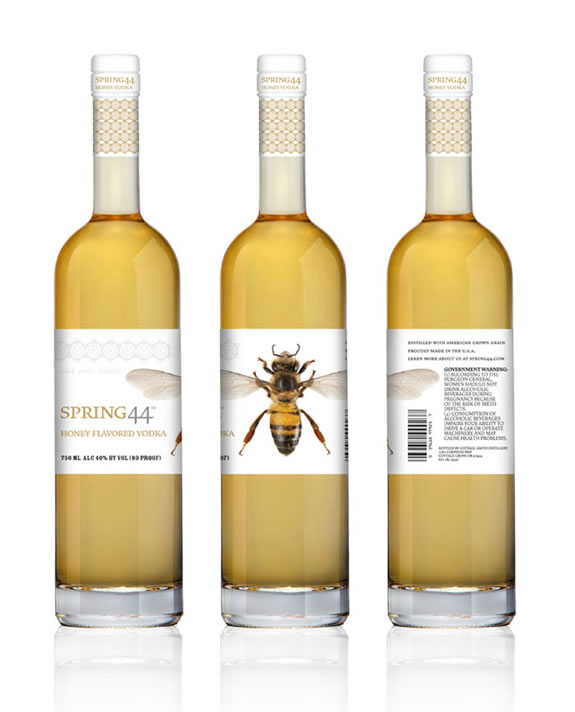
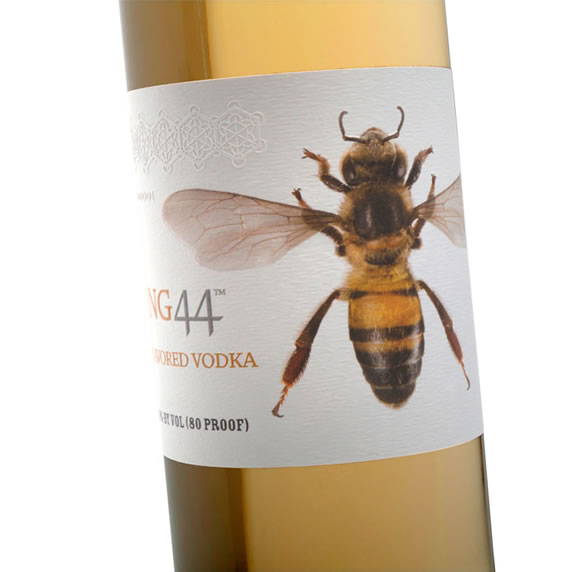
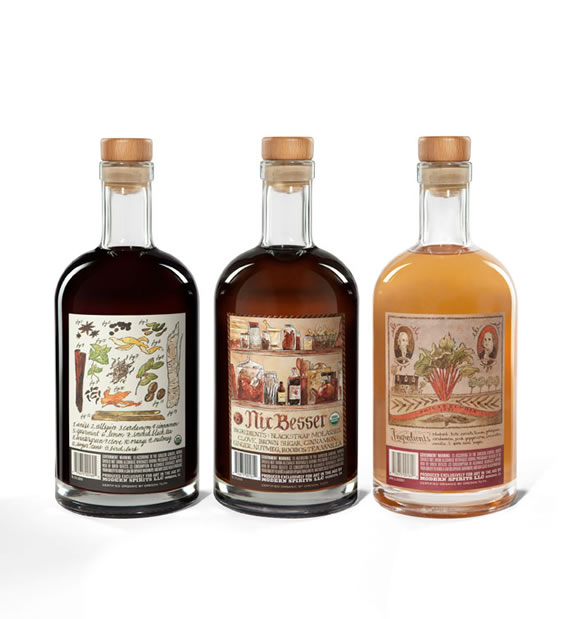
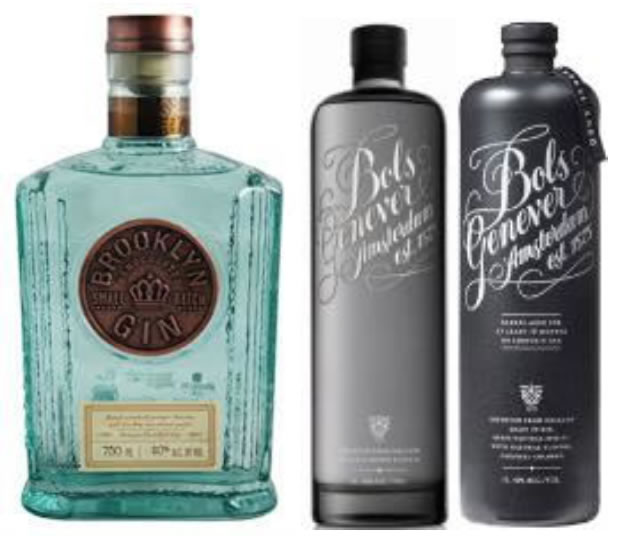
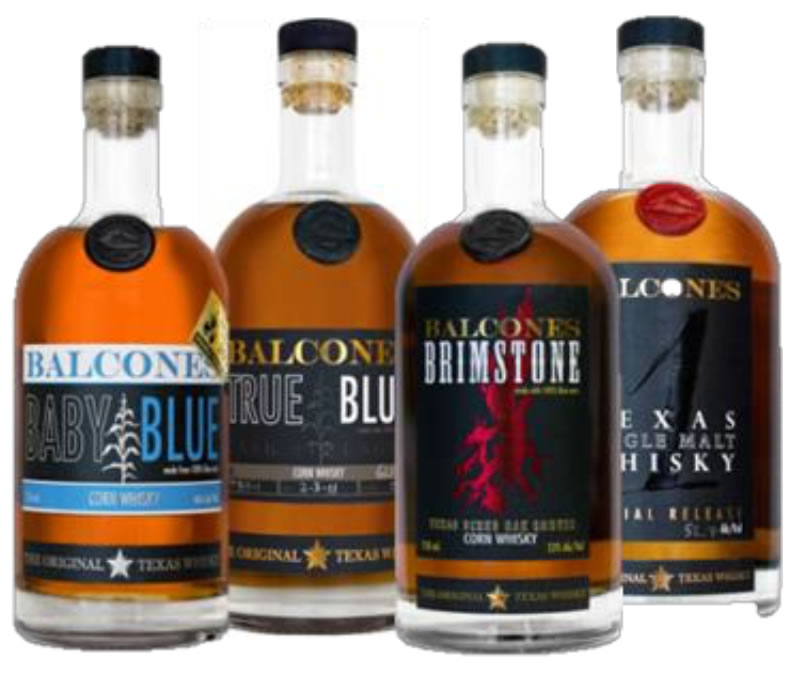
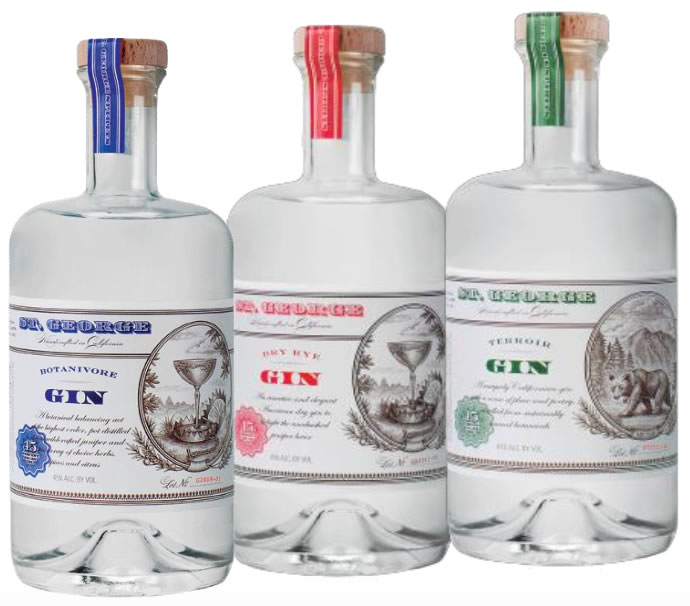
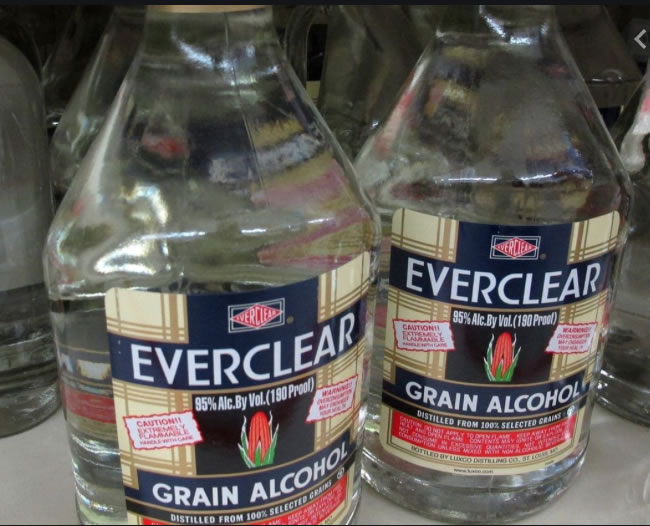
And, like the challenge of the working design space of alcohol, what of perfume: story, form, design, scent character?



I believe that we’re [and they’re] missing the bridge to the legendary, the hand-wrought and crafted design ministrations to the complacent,
invented storytelling, poshness without detailed “wowness.”
I go back:
There’s a brand,
which is like a fire,
there’s a story,
which is like a journey
which is a memory—which is mind.
What in the string above, does the job, to your take—anything, unforgettable?
I do like bees, and their home-making skills,
so that’s a clear mnemonic for me.
Tim | GIRVIN | OseanStudios
––––
THE STRATEGY OF LUXURY
BRAND STRATEGY, DEVELOPMENT + DESIGN
Girvin Strategic Luxury